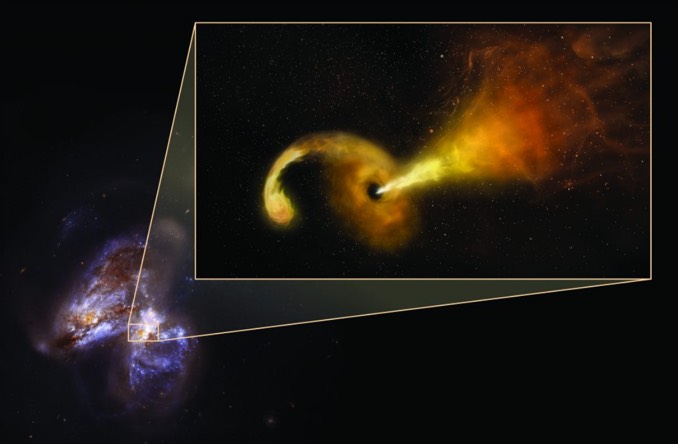
For the first time, astronomers have directly witnessed the aftermath of a black hole consuming a nearby star, imaging the formation and expansion of a high-speed jet of material ejected in the maelstrom.

Spectroscopic measurements of gas dynamics at the core of the Milky Way have revealed several unusual objects visibly whizzing around the supermassive black hole at the center of the galaxy .
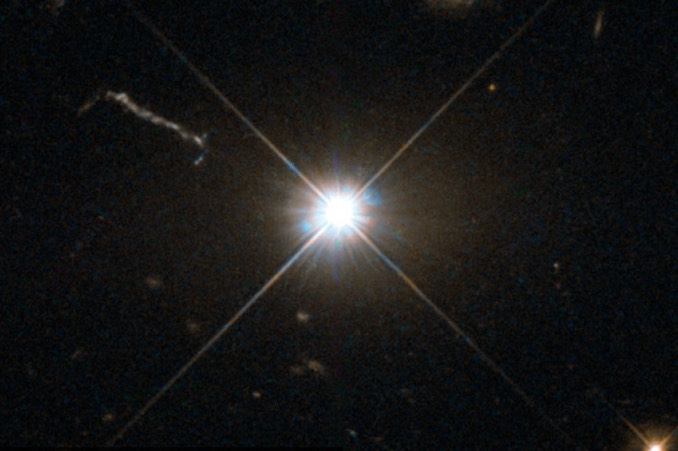
Australian astronomers have fond what may be the fastest-growing black hole in the known universe, an ancient 20-billion-solar mass beast consuming the mass of the Sun every two days.
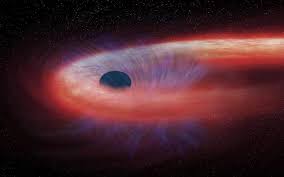
Astrophysicists have discovered a dozen black holes gathered around Sagittarius A* (Sgr A*), the supermassive black hole in the center of the Milky Way Galaxy.

Surprisingly, a quintessential equation of quantum mechanics emerges while studying astronomical disks of orbiting material.
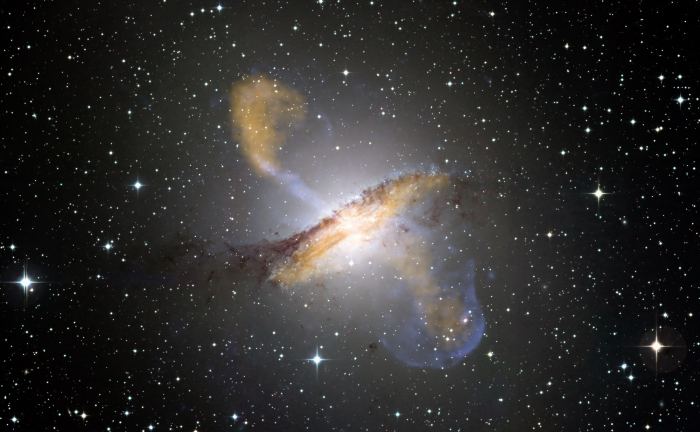
A new study by a team of international astronomers has provided the first direct evidence that supermassive black holes affect star formation in their galaxies.

Looking to the center of our galaxy, astronomers noted the presence of a mysterious filament extending from the supermassive black hole located there.

This black hole resides in a luminous quasar and its light reaches us from when the Universe was only 5 percent of its current age — just 690 million years after the Big Bang.

ALMA has revealed signs of eleven low-mass stars forming perilously close — within three light-years — to the Milky Way’s supermassive black hole, known to astronomers as Sagittarius A*.
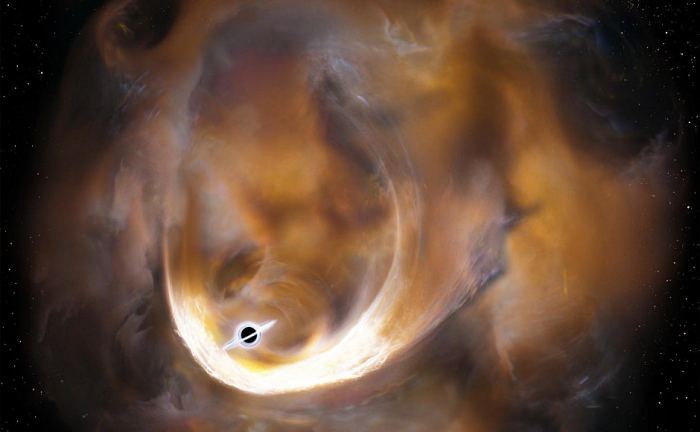
A team of researchers from japan have found evidence of another massive black hole near the center of the Milky Way Galaxy.

Astronomers have made the first detection of orbital motion in a pair of supermassive black holes in a galaxy some 750 million light-years from Earth.

The Event Horizon Telescope, or EHT, is a network of around ten radio telescope observatories across the planet, synchronized via the most precise atomic clocks, and pointed directly at the center of our galaxy.
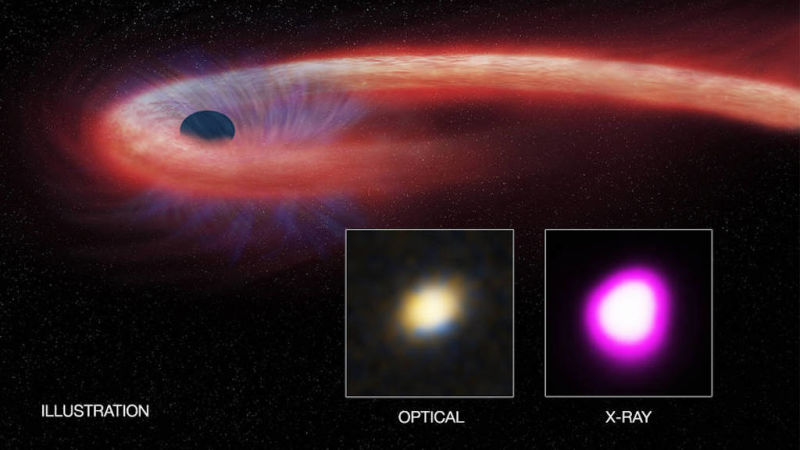
New research details the longest black hole brunch ever studied, in which a supermassive giant ripped apart a neighboring star and feasted on it for almost 10 years.

Researchers have used NASA's Chandra X-ray Observatory to produce an X-ray image of space (the deepest-ever X-ray, in fact) that has uncovered an abundance of supermassive black holes.

A stunning new image captured by the Hubble Space Telescope shows a galaxy that's being strangled by tentacles of gas and dust. The strange and intricate shape of this celestial object is caused by a supermassive black hole.